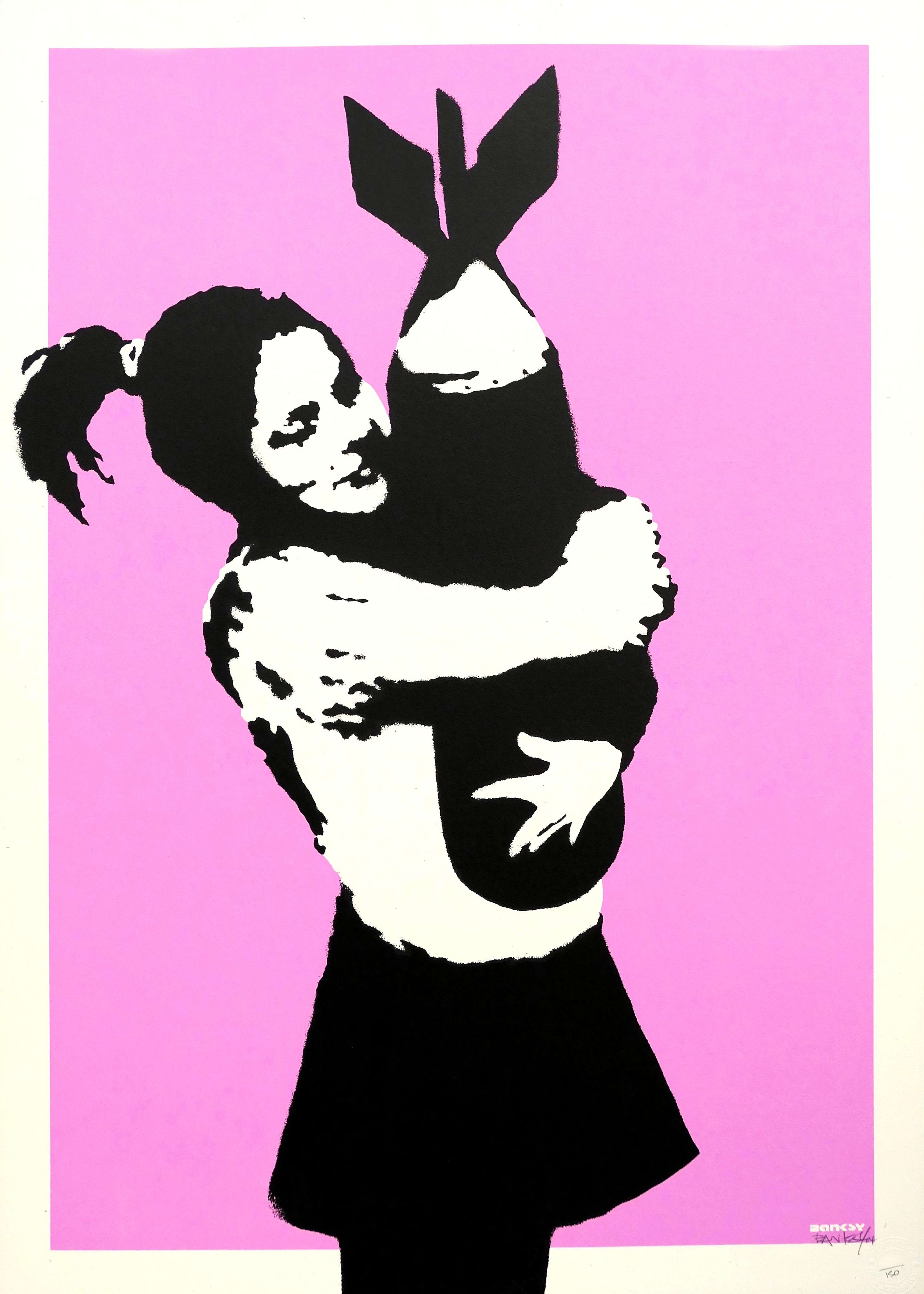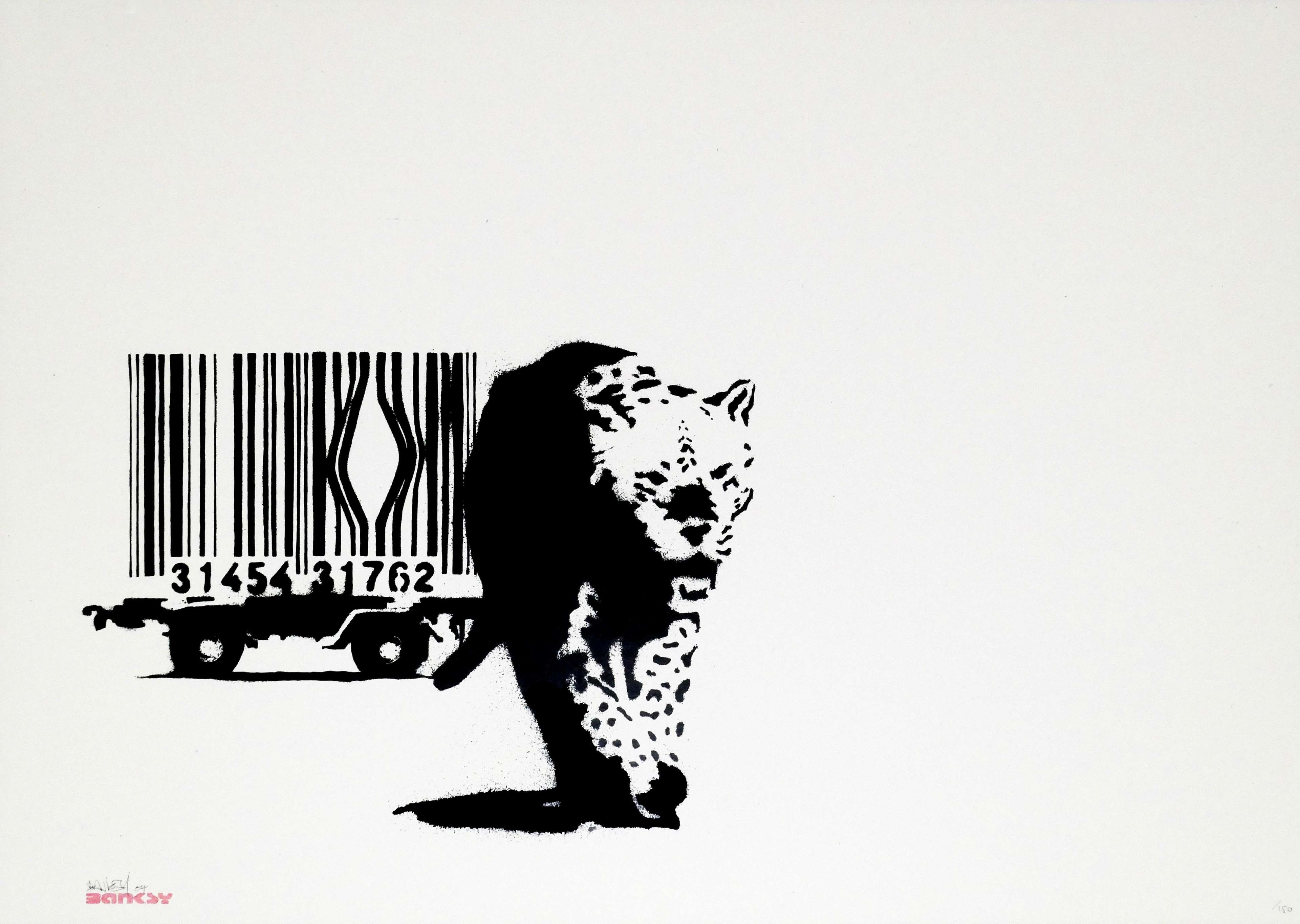How To Value Art: A Guide To Art Pricing & Appraisals

 I've Got It All © Tracey Emin 2000
I've Got It All © Tracey Emin 2000
Interested in buying or selling
an artwork?
MyPortfolio
Art valuation is the process of unlocking the unique cultural and financial value of an artwork. By taking into account its historical, aesthetic, and social context, you can determine a fair and equitable price for the artwork that reflects its true worth. Art valuation involves a deep appreciation for the cultural significance of art, as well as the economic and commercial forces that shape the art market.
What is Art Valuation?
Art valuation is a process which determines the value of a work of art. The practice of valuing art involves the estimation of Fair Market Value (FMV), determined through qualitative analyses by art specialists and advisors. Unlike more traditional modes of financial valuation, art valuation is much more nuanced art: requiring a combination of technological prowess and human touch.
Ultimately, art valuation is about much more than assigning monetary value to an artwork. It is about recognising the historical and cultural significance that art represents, and ensuring that it is valued accordingly.
Factors That Affect The Value of Artwork
Though art valuation is a subjective art, several factors can influence the value of an artwork. Some of the most important factors include:
Influence & Reputation
The reputation of an artist has an enormous impact on the value of their artworks. Artists with a strong influence, who are widely recognised and have a large, historical following, can command higher monetary value for their work.
At MyArtBroker, we deal specifically with reputable blue chip artists who have public and private sale history. Typically deemed a more viable investment that emerging artists sold via the primary art market, blue chip artists sold on the secondary market are likely to have a higher financial value because of their established significance. Artists like Andy Warhol, David Hockney, and Keith Haring have a particular authority in the history of art and its market, yielding higher valuations as a result.
Subject Matter
The subject matter of an artwork - the thing depicted by an artist - is also an important factor to consider when valuing an artwork. Specific subject matter by an artist will command a higher value than others, thanks to their art historical significance and also their popularity in the art market. For example, Warhol's iconic Marilyn Monroe signed print editions are immensely popular and valuable because of they depict the iconic actress. Warhol's paintings and prints of Monroe are practically synonymous with the Pop Artist himself - much like his Soup Cans - which contributes greatly to their monetary value.
When the subject matter of a print or series is less celebrated or acknowledged, its value is typically lower than the more commercially popular subjects. However, this presents an exciting opportunity for collectors and investors who want to purchase artworks by a specific artist, at a lower price-point of entry. Haring's The Story Of Red And Blue series, for example, is typically sold at a lower value than his most popular prints - allowing collectors to acquire Haring's work at a lower price.
Condition
Perhaps one of the most crucial factors when valuing an artwork is condition. If an artwork is in pristine condition, with no visible damage, it will generally be valued higher than an artwork that is in poor condition. When appraising an artwork, specialists will typically look for discolouration, visible marks or tears and any damage to the structural integrity of the artwork. Of course, if such damage is present, the artwork will be valued significantly lower than examples in better condition.
Provenance
The sales and acquisition history of an artwork is also a core element of art valuation. Artworks which have a healthy track record at auction will be valued higher than those which have failed to sell at auction in the past, which face the risk of being ‘burned’. Likewise, if similar works have been sold by an artist, this is usually a good indicator when valuing works with less provenance. Though provenance is not essential for an artwork to be valuable, it certainly contributes to healthy value growth.
Rarity
Though a small volume of artworks can sometimes be of detriment to an artist's market, rarity drives value growth. Artwork that is rare or unique can be particularly valuable. If an artist has only produced a limited number of works, or if a particular piece is the only one of its kind, it can command a high price. Artist Proofs and Trial Proofs, for example, are typically valued higher as one-offs. Likewise, the fewer prints in an edition, the more rare and valuable they are likely to be.
 MyPortfolio © MyArtBroker 2023
MyPortfolio © MyArtBroker 2023Valuing Art with MyPortfolio: Identifying Trends and Maximising Returns on Artwork
Our new digital platform, MyPortfolio, offers transparent advice on FMV of prints and editions with our bespoke algorithm specifically designed to track the market value of art collections. MyPortfolio provides a fast and convenient way to get an accurate and comprehensive valuation of your artwork. You can access your portfolio at any time and from any device - with 2-factor authentication - so you can keep track of your portfolio value and make informed decisions when it comes to buying, selling, or insuring your collection.
Within your MyPortfolio dashboard, it is quick and easy to request a valuation for the artworks you own. There is never an obligation to sell, and you can keep artworks in MyPortfolio until you are ready to sell. With this online tool, you have the opportunity to identify trends in the art market - powered by our unique print market index that blends public and private sale data. You can also maximise return on your artworks by tracking the demand for works you want to sell to our private network of collectors, in real time.
 Ian and Joe Syer © MyArtBroker 2021
Ian and Joe Syer © MyArtBroker 2021How to Get Your Art Appraised at MyArtBroker
At MyArtBroker, we offer our members zero-obligation valuations for free. You can request a valuation for your blue chip prints and editions here, and receive an appraisable from our team of industry specialists. In conversation with Celine Fraser, MyArtBroker’s Acquisition Specialist, we explore how to get your art appraised with us:
Q: Erin-Atlanta Argun: Why should I get my prints and editions valued at MyArtBroker?
Celine Fraser: You should get your prints valued from MyArtBroker because we will give you the facts about the most recent results and bring a level of transparency that you will not see in any other free to use public platform. With a valuation sitting in our new platform MyPortfolio, you will see up to date real data reflecting all public sales of the specific work in the market with the figures and percentages that work alongside it.
Q: EA: Can you find out the value of your entire art collection using MyArtBroker’s MyPortfolio?
CF: MyPortfolio can show you a rough estimate of the valuation of your full collection, but of course this is not an expert valuation. If you would like an in-depth valuation of each piece in your collection, all you have to do is ask.
Q: EA: How can MyPortfolio help to know when to sell your artwork?
CF: MyPortfolio can only take you so far, to understand if it is time to sell your artwork I would recommend speaking with one of our specialist. I would say that data and facts can only take you so far, real understanding of the market comes from conversation and discussion and we are always here to help.
Q: EA: How do the specialists calculate the value of an artwork?
CF: The specialists calculate the value of your piece using a wide range of factors, where the piece has been historically, the edition size, recognition of the artist, the list is endless. The most important thing about valuation is that it is not an exact science and the art market is fluid. All of our specialists work directly with clients to understand the market on an in depth level alongside examining the facts and trends for both the artists and each individual piece.
Why is Art Valuation Important?
Getting your art properly appraised is essential when considering selling your blue chip art collection. For collectors, knowing the value of their artwork can help them make informed decisions about buying, selling, and insuring their collection. By using MyPortfolio and working with our industry specialists and brokers, you can have your artworks valued with total confidence and precision data on your side.
Fundamentally, art valuation helps to ensure that artwork is properly valued and protected, and that it continues to be an important part of our cultural heritage for years to come: something MyArtBroker champions.














